Suppose you have the following three points A, B, and C as shown in the following picture:

The points are always sorted according to their vertical offset, so the top most point is always A. Sometimes B and C could have the same y coordinate.
I'm trying to find the x coordinate for point D. I can find the Y coordinate for D by interpolating points A.y and C.y at (B.y / (C.y - A.y)). I'm doing my interpolation using the following formula (in C++)
float linearInterpolation(float a, float b, float t)
{
return a + (t * (b - a));
}
So in other words, D.y = linearInterpolation(A.y, C.y, (B.y - A.y) / (C.y - A.y))
So to summarize, my question is: how do I find D.x?
Thanks
--
Answer:
Just to clarify, here's the solution that was suggested and worked:
D.x = A.x + (B.y - A.y) * (C.x - A.x) / (C.y - A.y);
D.y = B.y;
As illustrated in the image below:
